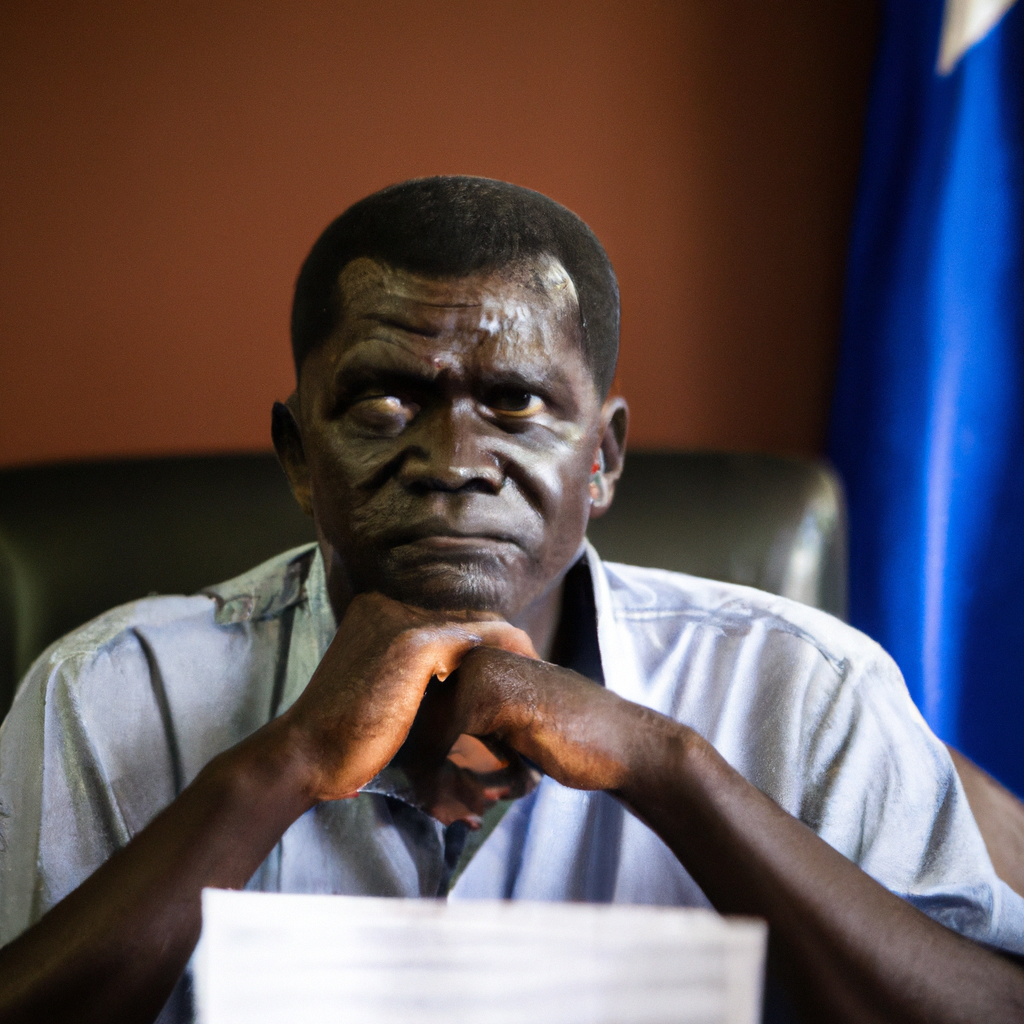Uganda is grappling with a heightened sense of urgency following the death of a four-year-old child from Ebola in the country’s Mubende district. The tragic incident has raised alarm among health officials and the public alike, as fears of a wider outbreak loom large. The child, who was part of a family affected by the virus, reportedly exhibited symptoms that led to hospitalization, but unfortunately, succumbed to the disease shortly after admission. Authorities are now working tirelessly to control the situation and prevent further spread of the lethal virus.
Health Response Intensifies
In response to this incident, health authorities have launched a comprehensive investigation to monitor and track possible contacts of the infected family. Health Minister Jane Ruth Aceng emphasized the importance of rapid action to contain the virus. She informed the public that health teams have been deployed to the area to conduct surveillance and ensure proper medical attention for anyone presenting symptoms resembling those of Ebola.
The Ministry of Health is also strengthening public awareness campaigns about the virus, emphasizing the need for hygiene practices and the importance of seeking medical attention immediately upon noticing symptoms. Local leaders in Mubende are assisting in these campaigns to ensure that communities are informed and prepared.
Key points about the ongoing Ebola situation include:
- The four-year-old was the second confirmed Ebola case in Uganda since the outbreak was declared earlier this month.
- Mubende district has been a hotspot for Ebola transmission in Uganda, which has previously experienced several outbreaks.
- The recent case has triggered responses from international health organizations, expressing readiness to assist Uganda in managing the outbreak.
Community Involvement is Crucial
Community involvement is vital for controlling the spread of Ebola, as local customs and burial practices can contribute to transmission. The Ugandan government has called on community members to avoid any traditional burial rituals that may involve contact with the deceased to mitigate the risk.
Furthermore, the health ministry is distributing vital information about Ebola, including symptoms such as fever, vomiting, and bleeding, which can help in early detection and treatment. Collaboration with local NGOs and community health workers is critical to ensure the public receives timely and accurate information, helping to dispel myths and combat stigma associated with the disease.
As the situation continues to evolve, the Ministry of Health is urging people to report any suspected cases of Ebola. Authorities have set up hotlines and access points for reporting, reinforcing that early action is essential to preventing further fatalities.
Global Support and Surveillance
The death of the young child has attracted attention not only within Uganda but also from global health organizations. The World Health Organization (WHO) has expressed willingness to support Uganda by providing resources, guidelines, and technical assistance to tackle the outbreak effectively.
Uganda has been praised for its past handling of Ebola outbreaks, learning from its experiences to improve preventive measures and response strategies. The current government has established robust mechanisms to ensure citizen safety and has urged for continued cooperation from the public.
Looking ahead, officials hope that swift action and global support can avert a wider public health crisis. The government assures that they are doing everything possible to monitor the situation and implement necessary interventions.
In conclusion, the tragic loss of a four-year-old to Ebola underscores the urgent need for preparedness and response in Uganda. The collaborative efforts of health authorities, community members, and international organizations are critical to containing this outbreak. With increased vigilance and proactive measures, Uganda aims to prevent further loss of life and stabilize the situation, ensuring that communities remain informed and engaged in health safety practices.








